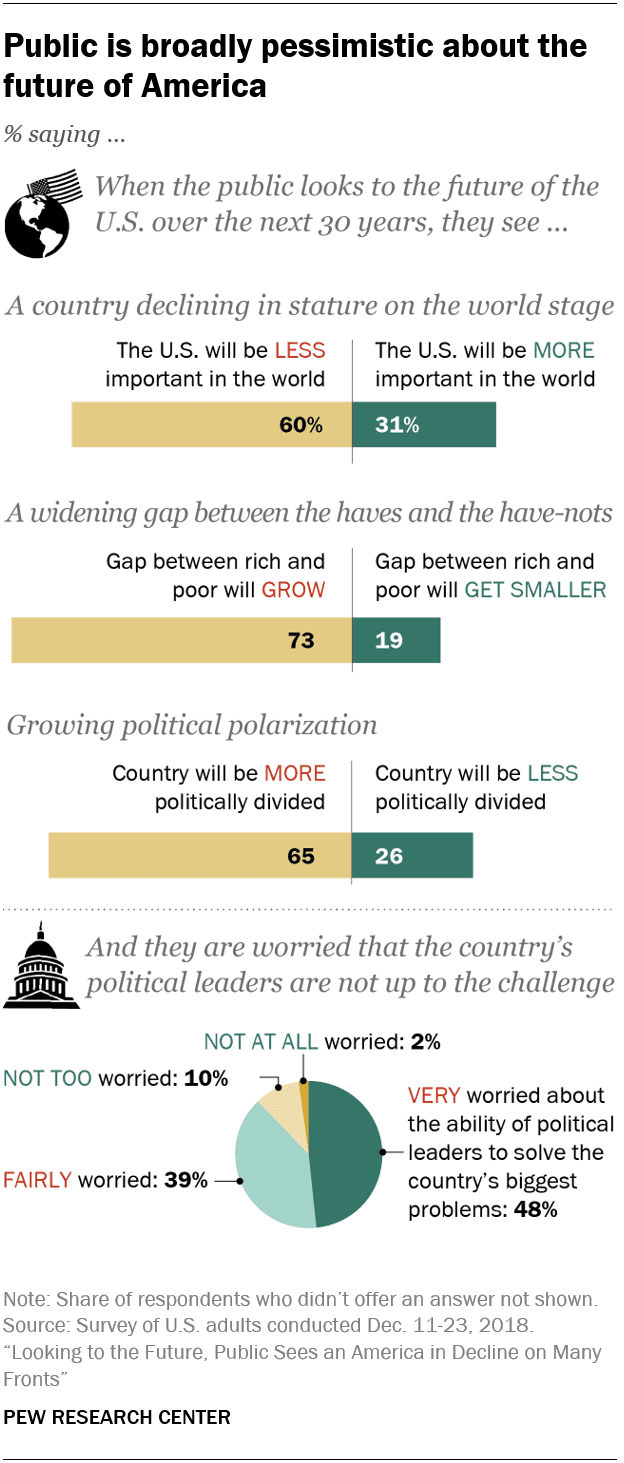The US political system is complex and unique, with a separation of powers and checks and balances that are designed to ensure that no one branch of government becomes too powerful. The Electoral College elects the president, and federalism allows power to be shared between the national and state governments. The Bill of Rights protects individual citizens’ rights, and the Supreme Court interprets the Constitution and federal laws. The media plays a crucial role in providing information and holding elected officials accountable, while lobbyists and interest groups advocate for specific policies and positions. By understanding these ten things, individuals can gain a better understanding of how the US political system works.
The US Political System: 10 Things to Know
The United States of America has a unique political system that has long served as a model for other democracies around the world. However, understanding the intricacies of the US political system can be challenging, especially for those who are not familiar with it. In this article, we will be looking at ten things you need to know about the US political system to gain a better understanding of how it works.
1. The Three Branches of Government
The US political system has three branches of government: the legislative branch, the executive branch, and the judicial branch. The legislative branch is responsible for making laws, the executive branch is responsible for enforcing them, and the judicial branch is responsible for interpreting them.
2. The Separation of Powers
One of the fundamental principles of the US political system is the separation of powers. This means that the three branches of government are designed to check and balance each other’s power, ensuring that no one branch becomes too powerful and dominates the others.
3. The Electoral College
The US president is not elected directly by the people but by the Electoral College. The Electoral College is made up of 538 electors, with each state and the District of Columbia having a certain number of electors based on their population. The candidate who wins the majority of the Electoral College votes in a presidential election becomes the president.
4. Political Parties
The US political system is dominated by two major political parties: the Democratic Party and the Republican Party. These parties have different ideological positions on issues like taxation, health care, and foreign policy.
5. Federalism
The US political system operates under the principle of federalism, meaning that power is shared between the national government and state governments. This allows states to pass their laws and regulations, while also following federal laws and regulations.
6. The Bill of Rights
The Bill of Rights is the first ten amendments to the US Constitution, which were added to protect the rights of individual citizens. These amendments include the right to free speech, the right to bear arms, and the right to a fair trial.
7. Checks and Balances
As we mentioned earlier, the US political system has a system of checks and balances. This means that each branch of government can limit the power of the other branches, ensuring that no one person or group has too much power.
8. Lobbyists and Interest Groups
Lobbyists and interest groups play a significant role in the US political system. These groups advocate for specific policies or positions and try to influence politicians to support their cause. They often provide campaign contributions to elected officials to increase their influence.
9. The Supreme Court
The Supreme Court is the highest court in the US and is responsible for interpreting the Constitution and federal laws. The court is made up of nine justices and is appointed by the president for life.
10. The Role of the Media
The media plays a critical role in the US political system, providing information and analysis on political issues and events, as well as holding elected officials accountable for their actions. The media includes traditional outlets like newspapers, television, and radio, as well as newer sources like social media.
In conclusion, understanding the US political system can be challenging, but knowing these ten things can help. By understanding the separation of powers, electoral college, political parties, federalism, Bill of Rights, checks and balances, lobbyists and interest groups, Supreme Court, and the role of the media, you can gain a better understanding of how the US political system functions.
